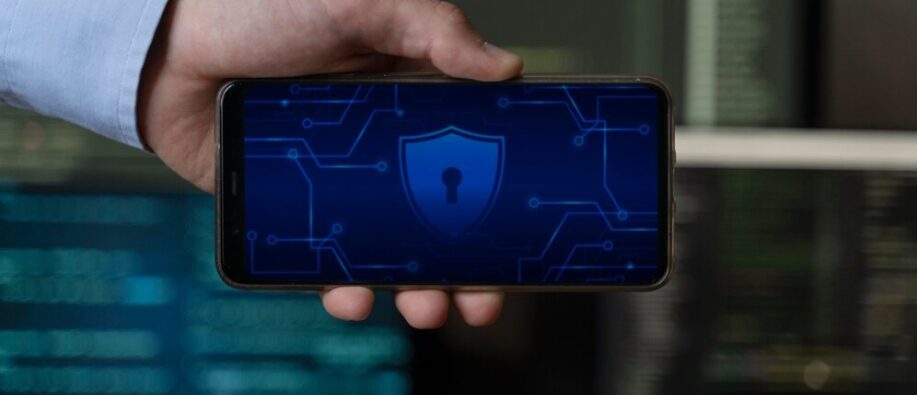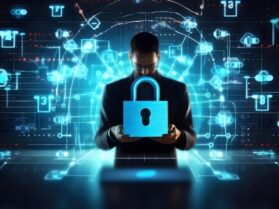In the present times, where every click and keystroke leave a trace, safeguarding your online presence is paramount. With cyber threats lurking around every corner, it's essential to beef up your defenses. Enter VPNs, or Virtual Private Networks, the unsung heroes of online privacy and security.
So, what exactly is a VPN, and how does it work its magic? Let’s take an example when we send a traditional mail or a courier. We send the letter covered in an envelope. Without a VPN, it's like sending that letter without that envelope. Anyone with the right tools can intercept and read your message. But with a Virtual Private Network, it's like sealing your letter in an impenetrable envelope and sending it through a secure courier service.
VPN. You'll hear this acronym thrown around a lot in conversations about online security, and for a good reason.
Virtual because there are no physical cables taking part in the connection process.
Private because through this connection, nobody can observe your data or browsing activity.
Networked because your device and the VPN server work together to preserve an established link.
Let’s look at seven ways Virtual Private Networks bolster your online privacy and security.
Encryption: VPN encrypt your internet connection, scrambling your records into an unreadable layout for everybody seeking to intercept it. This encryption is like a secret code that only you and the intended recipient can decipher. So, even if hackers manage to intercept your information, it is only gibberish to them.
Anonymous Browsing: By connecting to a VPN server, you mask your IP address i.e. the digital fingerprint that identifies your device and location. This anonymity adds an extra layer of security, making it harder for websites, advertisers, and malicious actors to track your online activities.
Public Wi-Fi Protection: Public Wi-Fi networks, while convenient, are breeding grounds for cybercriminals. They shield your data from prying eyes when you're connected to these networks, ensuring your sensitive information remains confidential, whether you're sipping coffee at a café or waiting for your flight at the airport.
Bypassing Censorship and Geographical Restrictions: Virtual Private Networks can help us dodge censorship imposed by governments or organizations. By routing your connection through servers in different countries, they allow you to access content that might be restricted in your region. Whether it's streaming services, social media platforms, or news websites, a Virtual Private Networks gives you unrestricted access to the huge scope of the internet.
Secure Remote Access: In the present remote work setting, they play a vital role in acquiring remote access to corporate networks. Whether you're working from home, a café, or halfway across the globe, they establish a secure channel between your device and the company's network, safeguarding sensitive data from interception.
Protection Against ISP Snooping: Internet Service Providers (ISPs) can monitor your online activities. Virtual Private Networks obstruct their prying eyes by encrypting your traffic, preventing ISPs from tracking your browsing activities, selling your data to advertisers, or suppressing your connection based on your usage.
Enhanced Online Privacy: Ultimately, they uphold your fundamental right to privacy in the digital realm. By keeping your online activities private and secure, they empower you to browse, stream, and communicate without the fear of surveillance or intrusion.
Wrapping it Up:
Virtual Private Networks are necessary tools for protecting your online privacy and security in an increasingly interconnected world. With their robust encryption, anonymous browsing capabilities, and ability to bypass restrictions, VPN offer a shield against cyber threats and invasive surveillance. So, the next time you go online, remember to cloak yourself in the protective embrace of Virtual Private Networks and navigate the digital landscape with confidence. Stay safe, stay secure, and embrace the power of Virtual Private Networks.
Also Read: Data Breach Recovery: What to Do Next?





